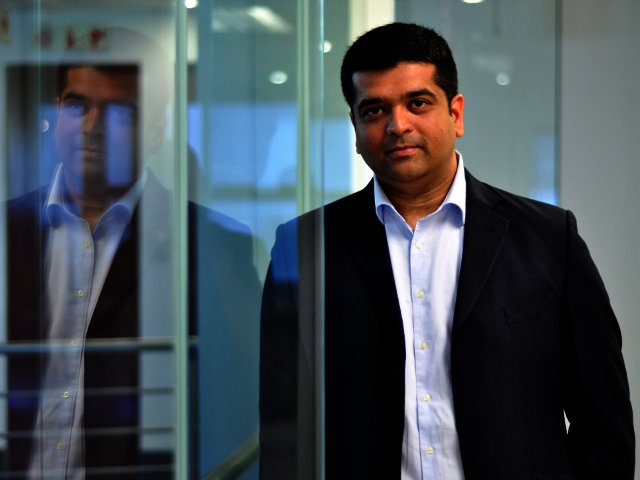By Saurabh Kumar, Managing Director at In2IT Technologies South Africa
Technology has fundamentally changed the way in which people and enterprises interact with each other and in turn, the world around them. However, technology continues to evolve, creating further disruption for both business and consumers. Driven by globally effective developments that have already emerged and become mainstream, such as the cloud and mobility, new trends are now beginning to emerge that have a wider-ranging impact of business this year and beyond.
Digital Transformation
From a business-to-business (B2B) perspective, the biggest trend driving decisions and investment is digital transformation. In fact, almost half of businesses view this as the single most important initiative on the cards for the next 12 to 18 months. The ability for business to compete currently and in the near future is essentially hinged on how soon, and how successfully, they can implement digital transformation. This requires not only the digitisation of internal processes but also the ability to integrate a variety of different channels from a digital point of view in order to provide seamless, integrated and enhanced customer service.
From a business-to-consumer (B2C) perspective, digital transformation is set to have a massive impact on improving the customer experience through technology evolution. For businesses, the customer experience is critical and central to success, and the faster or better organisations can meet customer requirements, the more they will be rewarded in terms of increased spend and growing market share.
3D Printing
The ability to effectively ‘print’ just about any device or tool has the potential for massive impact and disruption. This impact is already being seen in the healthcare space, with 3D printing enabling the fast, cost effective generation of a wide range of items, from prosthetic limbs right through to synthetic transplant tissue. Other areas such as manufacturing will also be affected, as 3D printing removes the need for expensive setup and mass production of items. Prototyping has thus become increasingly cost effective, opening up the potential for innovation from big business to small or even one-man operations.
Manufacturers themselves are gearing for this impact, with the expectation that almost 20% of the manufacturing process will have been taken over by 3D printing by 2020. From a consumer perspective, we can expect to see the emergence of 3D printing cafes where printing of practically anything can be offered as a service on a walk-in, ad hoc basis. The growth of 3D printing as this technology matures will once again fundamentally change the world both for business and consumers.
M2M and the IoT
Machine-to-machine (M2M) communications and the Internet of Things (IoT) are not new trends, however, they are maturing and beginning to have a more significant impact on business and consumers. The IoT simply refers to networks of connected devices, which in the past has been made possible with cellular connectivity. The imminent introduction of low range networks will further open up possibilities for more devices to be conne
cted, widening this net and once again exponentially increasing the amount of data generated, stored and available for analysis and insight.
In terms of M2M communications, the first step in this evolution was the ability to capture and analyse data. Now that this is possible, we are seeing the emergence of machine learning, which will enable devices to learn from usage and behaviour patterns to enhance understanding and generate predictive capability. Machine learning capability will enable devices to become more usable and fit in with the requirements of consumers, with potential for significant benefit in a wide range of industries from medical to construction.
Integration between physical and IP security
Drones are one of the more controversial technology trends to emerge in recent years, with the ability to deliver many benefits balanced by the potential for the misuse of such powerful devices. New regulations are thus being affected to manage and monitor the usage of drones in order to minimise the potential security threat they pose. Drones represent an integration of physical security (a device) with IP security such as video surveillance, which is an emerging trend that will see growth this year and beyond.
Physical security remains significant in South Africa, and integrating this with technology can enhance overall security solutions and offerings.
In conclusion
Disruptive technology trends have a major impact on both business and consumers, with the need to change and adapt critical to leverage any potential benefits. In order to stay ahead of the curve, businesses need to better understand the mindset, needs and requirements of their customer. The pressure is on business to be the leader in adapting to meet customer requirements, and the ability to successfully adapt and utilise emerging technology solutions is critical to this ability.





